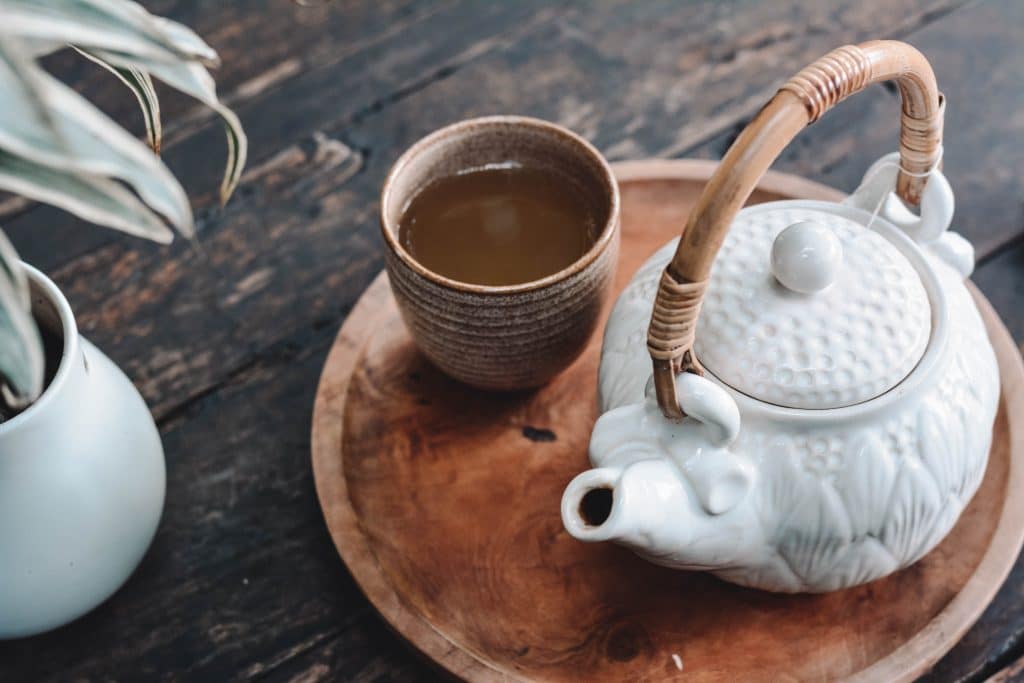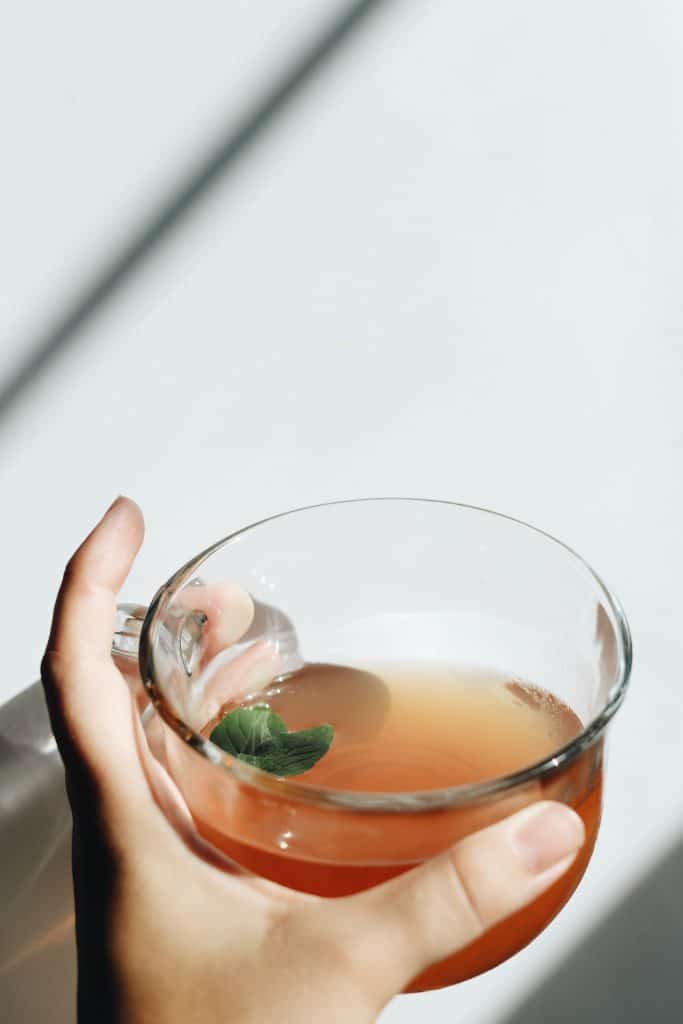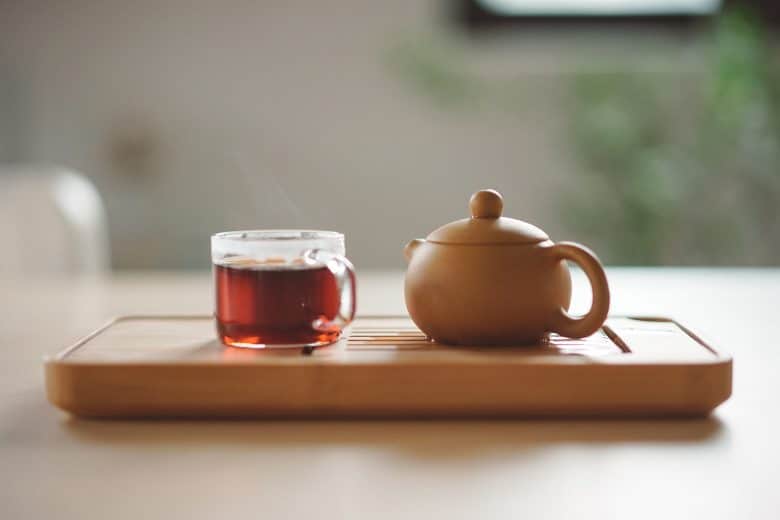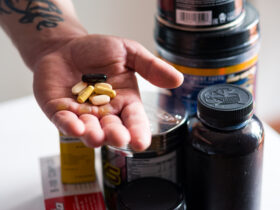Everyone loves a good cup of tea or coffee, especially when they are working hard during the day. There’s nothing like relaxing in the evening with a nice pot of tea and some quality homemade snacks, right?
But if you prefer herbal teas to caffeinated drinks, you may be confused about what kind of herbs are safe for your body.
Do you love kratom tea? Have you tried some but found it too strong? Or maybe your last batch had a slightly bitter aftertaste?
Well, we have you covered. Our kratom guide is full of tips and recommendations to help you achieve your best batch of kratom. It also includes information on how to prepare your own batch at home! Let’s get the facts out here first.
Tips and Tricks for Making the Best Kratom Tea
It’s not difficult to make a cup of tea. If you’re looking to improve the quality of your kratom tea, there are certain things you can do that aren’t immediately evident. When it comes to making your chosen kratom tea preparation, here’s what you need to know before getting started.

Choosing the Right Kratom Strain Is Essential
Tea may be used for a variety of reasons and at various times of the day, thanks to the many distinct brews available. If you’re going to make kratom tea, you’ll want to make sure you choose the correct kratom strain first.
A stimulating strain like white kratom powder or most green kratom powders may be used to boost energy levels during the day. A peaceful red vein tea may be better for a tranquil midnight drink.
A good starting point for every kratom tea recipe is to understand why it will be consumed. Even more importantly, making this option may help you identify whether additional elements such as a complementary classical tea will make your beverage really homemade.
Don’t Make Your Tea Too Hot!
When brewing most teas, heating the water to a rolling boil is quite acceptable. There is one exception to this rule, however: kratom tea. Alkaloids, natural substances that provide their distinct properties, abound in kratom.
On the other hand, these alkaloids may decompose if exposed to intense heat over a long length of time. Because of this, your quantity of kratom tea can be milder than you expected! If you want your kratom tea to be as potent as possible, don’t use hot water to make it.
Once the water is boiling and the temperature has cooled, you may add your kratom mixture.
Dip an Acid in Your Active ingredients to Preserve Them
The ideal strategy to safeguard your kratom tea’s alkaloid concentration, other than limiting the heat, is to add an acidic component.
You may want to explore adding a few tablespoons of a flavorful acid to your kratom tea, such as citric acid.
Squeeze the juice of a lime Vinegar from apple cider. To protect the alkaloid content of your kratom; these acids should be used. In addition, they’ll give a flavorful edge that complements most tea-based dishes. You can’t afford to miss out on this opportunity!
Kratom Powder Or Kratom Leaves: The Right Things Are Needed
Kratom tea may be prepared in various ways, some of which are more beneficial than others. If, for example, you use kratom powder to boil your tea, you should thoroughly drain any remaining powder before consuming it.
When preparing with kratom powder, a French press is the best method. Processing using raw kratom leaf, on the other hand, necessitates the use of relatively minimal straining equipment. In spite of this, you’ll still gain from having a few more resources at your disposal.
Use an extractor or tea bags that can be sealed to keep kratom leaves out of your tea and make cleaning a breeze.

Select Sugar Substitutes and Flavors That Go Together
Kratom tea may be a great way to get your daily kratom dosage. The process of making kratom tea isn’t as easy as putting the raw leaves in a pot and drinking it. It is common for kratom tea to have a very bitter and earthy flavor, which is particularly true for first-time consumers.
Kratom’s characteristic taste may be masked by using flavorful ingredients. Using regular tea bags is one choice however we strongly encourage trying out alternative ingredients, including:
- Powdered sugar
- Vanilla
- Cinnamon
- Peppermint
- Orange
- Lemon
In the end, only you can decide what you want to eat. Raw kratom tea has a distinct flavor, so if you like it, go for it! However, you may find a kratom tea formula that is just right for your taste buds with a little experimenting.
The Best Ways/Recipes to Make Kratom Tea
With that being stated, you’ve got all the tools you need to make the best kratom tea brew possible. However, there’s no need to start from scratch. Use these fantastic kratom tea ideas as inspiration for your personalized innovations in the kratom club! The following are some of our top picks:
1. Typical Kratom Tea Recipe
We’re going to start with a basic kratom tea recipe. This is the perfect way to introduce kratom to someone who has never tried it before. It’s also a good way to see how kratom tea works.
A simple recipe for a perfect kratom tea is to mix equal parts of leafy green kratom with boiling water. This is an easy way to make your own tea, and it’s also a great option for those who have a kratom tea extract since it’s easy to make and a great tasting beverage.
You can always buy kratom leaf online for those who don’t have an extract.
2. Kratom Tea with Honey
The sweet taste of honey goes perfectly with the bitter flavor of kratom, and it will also help to counteract the harshness of the herb.
If you’re using a leaf kratom, then a good amount of honey is about one gram of honey per one gram of kratom. If you’re using a capsule, you’ll need to use a little more than one gram of honey per one gram of kratom.
If you’re using powdered kratom, you’ll want to add honey in the same ratio as above.














Leave a Reply